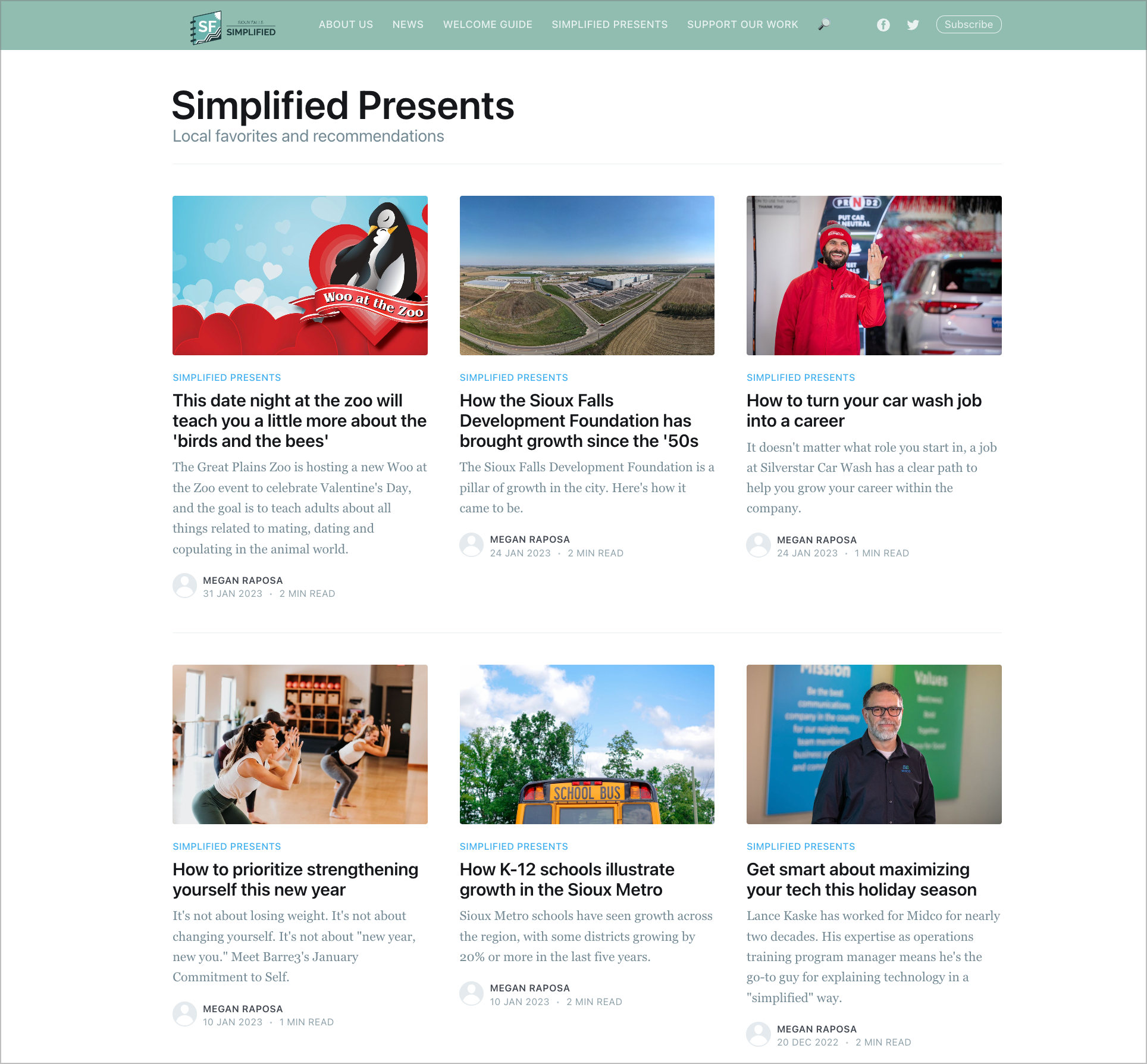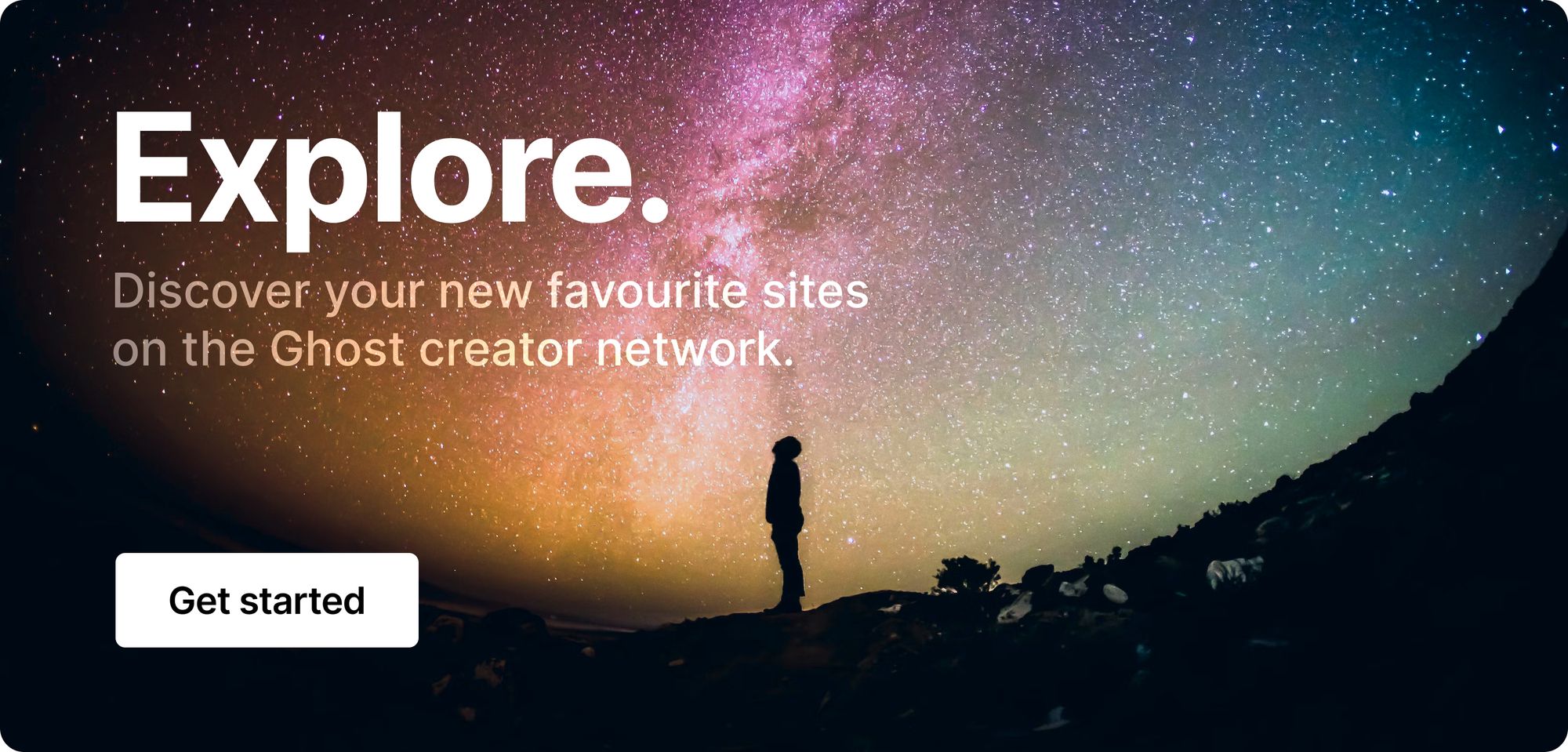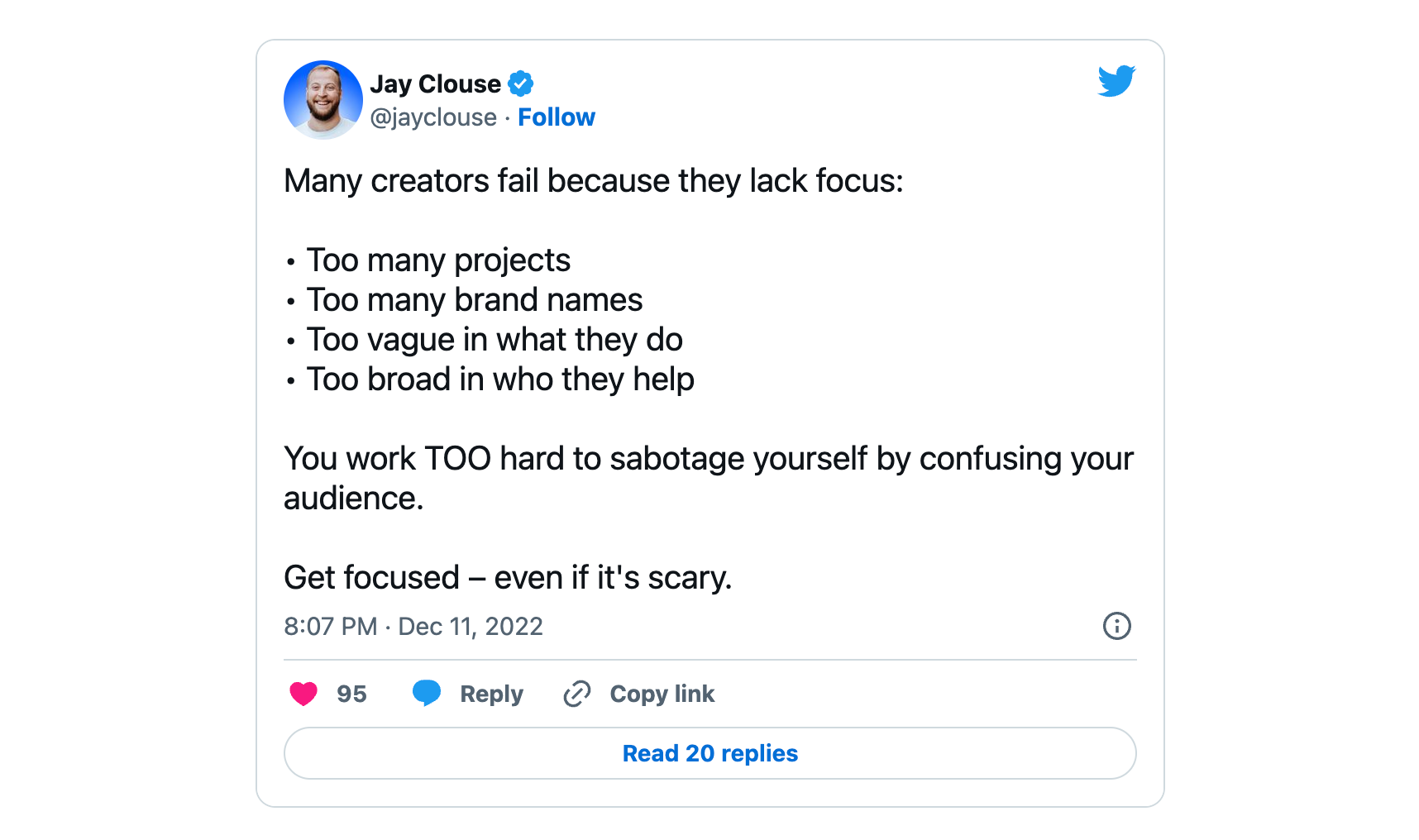📢 How to sell ads without selling out
Selling out has never been cool (unless you're the cast of Breaking Bad). But you still gotta make a living, right? So, how do you sell yourself without selling your soul? By putting value in your values. 🙏
💬 In this week's issue:
- Sponsorships. Find out how to switch revenue from advertising on, without turning your readers off.
- Process. A five-step creative routine that includes time to switch off and do other stuff, while still producing great results.
- Quitting. How to identify when it's time to try something new.
Was this email forwarded to you? Subscribe here!
How to get paid sponsors by telling stories

Subscriptions have become one of the most reliable and sustainable business models for publishers to fund their work, but that doesn't mean they're the only business model available. In fact, many successful publishers combine multiple revenue streams to grow and diversify their income.
When launching the local news outlet Sioux Falls Simplified, founder and journalist Megan Raposa invested in a sponsorship model that has since grown into the publication's primary revenue stream. By reaching out to local businesses, Megan was able to find advertising partners who were willing to pay a fee to have their stories told and shared with the SF Simplified audience.
I was surprised by the number of businesses who have stories they needed to tell, and wanted our help to do it — Megan Raposa

What's unique about SF Simplified's approach is that rather than placing arbitrary ads in the content, Megan writes interesting stories on behalf of sponsors whose values are aligned with SF Simplified. This has created a sustainable source of revenue for the publication, without sacrificing the quality of its content.
The takeaway? A good content-driven sponsorship strategy allows your values to make decisions, and your work to do the talking:
- Choose the right sponsors. Partner with sponsors whose values are aligned with yours, and those of your audience.
- Tell a great story. Create ad content that your audience will find useful and interesting (because let's face it, no one wants to see an ad for a VPN on a YouTube video about knitting).
Interesting stories & ideas 📚
- Google now wants to answer your questions without links and with AI. Where does that leave publishers?
- Creation vs Consumption: Spending hours each week scrolling and reading could be stopping you from creating. What if for every five articles you read, you published one of your own? Math!
- Did you know humor boosts creativity, signals intelligence, and increases persuasion? We did (that's why we are so funny). Here are 7 ways to be funnier with your content.
- The industry reports have spoken — global and local publishers continue to add more subscribers, despite the economic landscape.
- Find out what creative entrepreneurs Josh Spector and Yong-Soo Chung have to say about getting a creator business started and growth tactics.
5 steps for a more creative brain

In an article about the creative process, James Clear shares a simple yet effective method for producing ideas, first established by James Webb Young in 1940.
The concept is that innovative ideas are more likely to happen when you use old ideas to develop new combinations. In other words, you need to reference other work, in order to generate unique creative ideas of your own. As the proverb goes, there is nothing new under the sun.
Here's the five-step process Young developed, applied to creating fresh ideas for your content:
- Gather a variety of reference materials that are related to your idea/topic. It helps if you can find references that offer different perspectives, ideas, or facts.
- Digest and examine what you've found and assess what you've learned. Look at the idea from different angles, and experiment by combining different ideas together.
- Step away from the process entirely, and go and focus on something else that energizes you. This gives your brain time to do some unconscious processing.
- Wait for the idea to return to you in an aha moment! At some point — but only once you stop thinking about it — your idea will come back to you with a flash of new insight (usually while you're in the shower).
- Shape your idea by releasing it into the world, and adapting it as needed. The best ideas are those that have been molded by feedback.
This process sounds simple, but it's actually a powerful (and frustrating, at times) method for forming unique ideas and turning them into creative work — whether that be an article, essay, newsletter, tweet, video, podcast episode, or something else. Not only is this effective, but it also gives you a good excuse to kick back while your brain does the processing for you 😉
The ability to generate new combinations hinges upon your ability to see the relationships between concepts. If you can form a new link between two old ideas, you have done something creative — James Clear

When should you let go of creative projects?

Here's an uncomfortable truth about creating any kind of independent business: Not every project will make it.
But don't worry. This is totally normal. The majority of independent business owners abandon a few projects that aren't working, before landing on a successful one. Determination and perseverance are important qualities that go into any new business, but as Justin Welch argues, it's equally important to identify when it might be time to move on or try something new.
As creators and solopreneurs, we pour our hearts and souls into our work. And we can get so attached to a particular idea, that we can’t imagine closing it down and trying something new — Justin Welch
Some of the signs to look out for that might indicate it's time to try something new include lack of growth and progress, decreased motivation, and misalignment with your goals.

The benefit of being able to move forward (even when it's scary), is that you can (re)focus on what's truly important. Quitting and failing is not the same thing. It's all part of the process.
👀 Curator's pick

Enjoy this newsletter?
Forward to a friend, sharing is caring.
Anything else? Hit reply to send us feedback or say hello. We don't bite!
Join an invite-only community! Connect with like-minded people who create content professionally — apply here.






